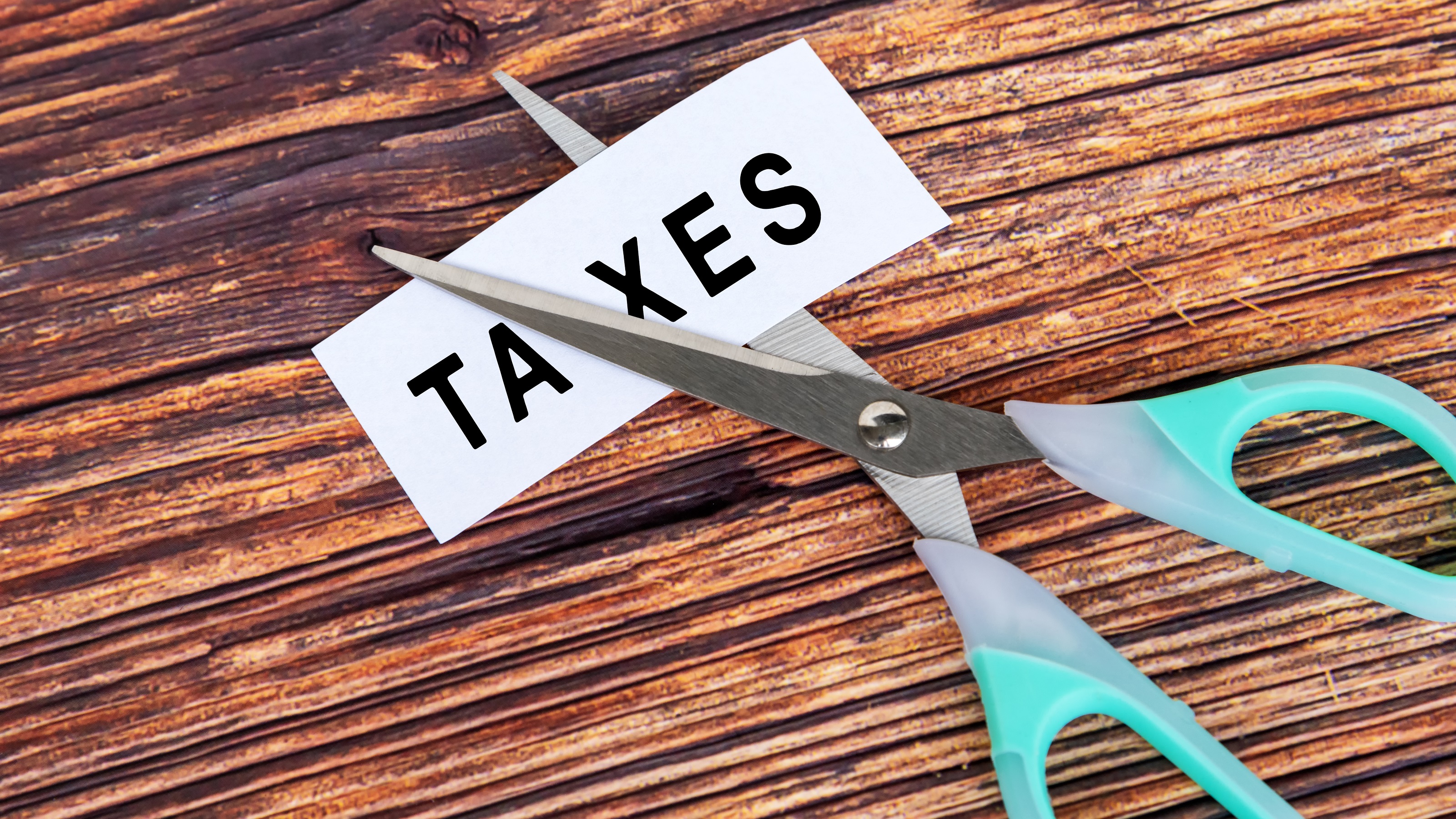
When it comes to investing and growing wealth to secure your financial future, it isn’t how much you make that matters most — it’s how much you keep. And yet, investors often overlook the critical role tax efficiency can play in successful retirement planning.
The strategic management of your investments can help you minimize what you owe, maximize what you earn (and hold on to) and build a nest egg that will last longer for you and your heirs. But it takes proactive planning to make it work. This isn’t something you can wait until each year’s tax season to worry about and maybe try to play catch-up. Proper tax planning means looking at the big picture, assessing your goals and finding opportunities to reduce your tax burden for the short and long term.
With that in mind, here are three moves that could help you lower your tax bill — and keep more of your hard-earned money — now and in the future.
1. Consider a Roth conversion.
One of the most powerful tools for tax-efficient investing is the Roth IRA, which offers several advantages in retirement. While contributions to a Roth account are made with after-tax dollars — so you don’t get the upfront tax savings that other retirement accounts can offer — the earnings in a Roth grow tax-free, and qualified withdrawals are tax-free as well.
If you’ve been putting most of your retirement savings into a tax-deferred investment account — such as a traditional IRA or 401(k) — converting all or a portion of those funds to a Roth could go a long way toward reducing your future tax bills.
Of course, you’ll have to pay taxes on any money you convert in the year you convert it, so you’ll want to be cautious with your withdrawals and keep an eye on your tax bracket. But the benefits of a Roth are many, including:
- There are no required minimum distributions (RMDs), so you can keep growing the money in your account for as long as you like.
- Qualified withdrawals from a Roth IRA don't count toward the modified adjusted gross income (MAGI) threshold that’s used to determine the Medicare surtax.
- A Roth IRA can provide more flexibility when it comes to paying taxes in retirement. You can use it in combination with a tax-deferred account, for example, to manage your tax liability from year to year.
Another plus: When you pass down a Roth IRA to your heirs, they, too, can enjoy tax-free growth.
Let’s say you have a traditional IRA with a substantial balance, and you convert a portion of those funds to a Roth IRA over time. Your heirs can wait up to 10 years after your death to withdraw their money, and during that time, the money can continue to grow. The Rule of 72 tells us if the annualized return is greater than 7.2%, the inherited Roth IRA could even double in that 10-year period.
2. Make the most of charitable giving with a donor-advised fund.
If you like the idea of donating to charity, and you want to include it in your planning, there are several strategies that can offer a substantial tax break in the process. Among the most popular options is a donor-advised fund (DAF).
A DAF is like an investment account, only it’s designed specifically to grow money for charitable giving. Its benefits are twofold:
- Using the DAF, you can “stack” multiple years’ worth of donations into one large donation (cash and/or assets) that puts you over the Tax Cuts and Jobs Act threshold for itemizing your charitable deductions in one year. This provides an immediate tax deduction.
- The DAF’s sponsoring organization then invests that money. It can continue to grow tax-free until it’s paid out tax-free over time to qualifying charitable causes. The DAF’s sponsoring organization has legal authority over the assets in your fund, but as the “donor adviser,” you still can have some say in how the money is invested as well as which charities receive donations and when.
With a DAF, you can maintain your commitment to charitable giving while optimizing your tax savings, both in the current year and throughout your lifetime.
3. Reduce capital gains taxes with loss harvesting.
It’s natural to root for the winners in your portfolio — but sometimes investments that are losing value can still do some good for your bottom line.
With a strategy called tax-loss harvesting, you can sell long-term positions that have produced capital losses, replace them with similar but not identical investments and then use that loss to offset the taxes on realized investment gains from the same year. If your losses exceed your gains, you can even use the excess to offset up to $3,000 of ordinary income each year, with any remaining losses carried forward to future years.
By implementing this strategy regularly to help minimize your tax bills, you can keep more of your money invested longer, so it stays working for you.
Proactive planning is key
Strategies like Roth IRA conversions, donor-advised funds and tax-loss harvesting can help you reduce taxes during your lifetime and leave a tax-efficient legacy for your heirs. And if you can combine one or more strategies, you could further bolster your savings. (For example, the income tax deduction on a DAF contribution could be used to offset the increased tax liability from a Roth conversion.)
You’ll likely need some help, however, to make sure you’re getting the most out of your investments and that you’re following IRS rules. By consulting with a financial adviser or tax professional, you can tailor these tax-saving strategies to your unique financial situation and improve your chances of achieving your family’s goals.
Kim Franke-Folstad contributed to this article.
Appearances in Kiplinger were obtained through a PR program. The columnist received assistance from a public relations firm in preparing this piece for submission to Kiplinger.com. Kiplinger was not compensated in any way.







